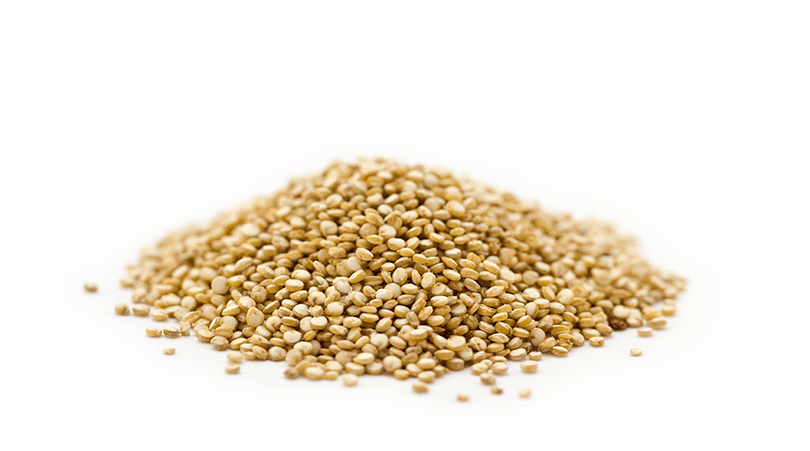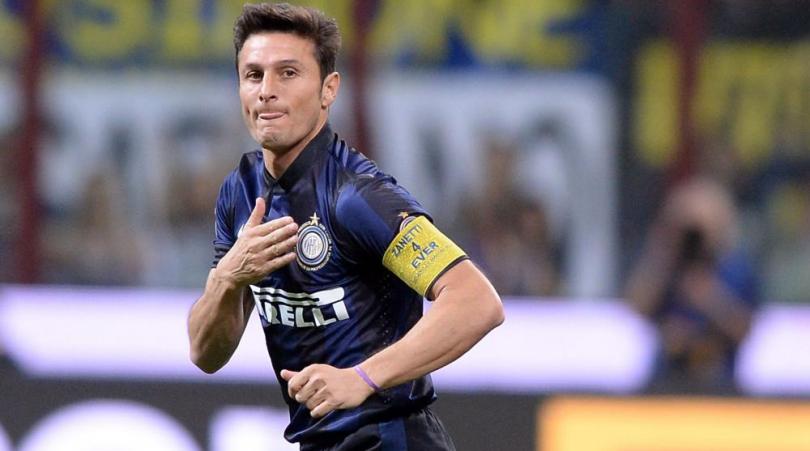Is rice or quinoa best for your game?
We all love our carbohydrates - but which type should we be eating to fuel our performance?

Quinoa
These days you can’t scroll through your Instagram feed without seeing a picture of a so-called super food that is dressed up to the nines in an exotic dressing. Quinoa is now a favourite amongst social media health fanatics - but what exactly is all the fuss about? This nutritious crop has been grown in South America - notably Bolivia, Peru and Colombia – for thousands of years and belongs to the same nutritional family as beets, chard and spinach. Quinoa is considered a superior alternative to starchy carbs such as bulgur wheat, rice, and couscous because of its high protein content, which of course is perfect for repairing your body after training, a rigorous 90 minutes or pumping iron at the gym.
1.“Quinoa contains 14g of protein per 100g,” says nutritionist Gavin Allinson, “ – plus amino acids, which you need to repair your muscles.”
2.“It’s a very versatile food , because you can serve it with vegetables as part of a salad or alternatively alongside meat and fish.”
Get FourFourTwo Newsletter
The best features, fun and footballing quizzes, straight to your inbox every week.
3.”It’s a great option on a rest day or during the off season as it contains lower carbohydrate content than rice or pasta.”
Rice
You just can’t beat a good serving of rice with a nice takeaway, can you? Unfortunately a chicken tikka masala probably isn’t the ideal fuel for a game on a Saturday. However, rice is a staple food for over half of the world’s population, particularly in Asia, and is cultivated in over 100 countries. The brown variety can also provide a steady release of carbohydrates –ensuring you stay fuller for longer, meaning you won’t crave sugary foods, which could derail your New Year health kick. Arsenal’s players even eat sushi – which consists of vinagared rice and seafood - after games. If it’s good enough for Arsene’s boys, it’ll do for you.
1.”Rice contains 7g of protein per 100g – exactly half the amount found in quinoa,” adds Allinson.
2.“White rice can be quickly broken down into glucose. It’s an idea way of restoring the body’s carbohydrate stores after training.”
3.”However, there’s no real need to eat rice other than after a game as foods like quinoa and sweet potatoes provide carbs and a higher nutritional value.”
AND OUR WINNER IS: QUINOA
Recommended stories
